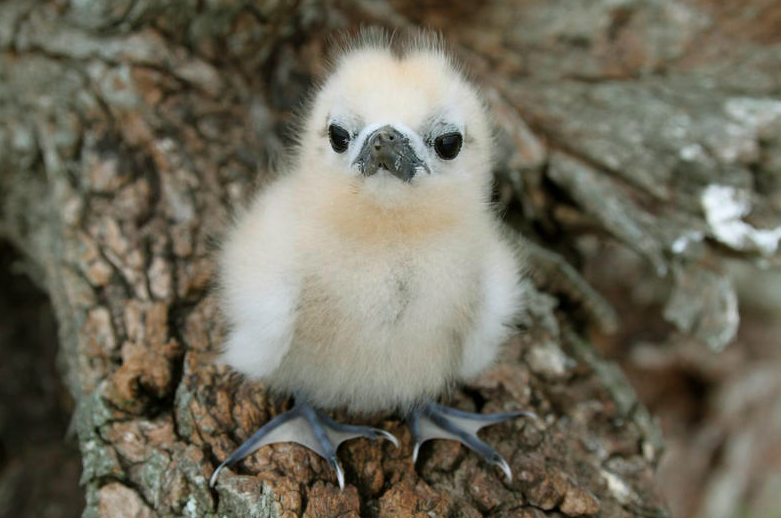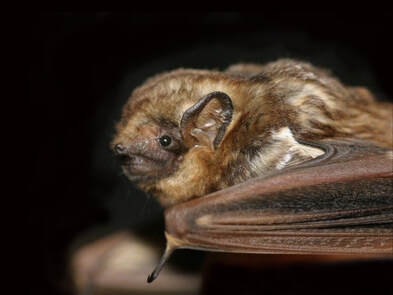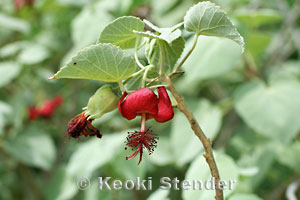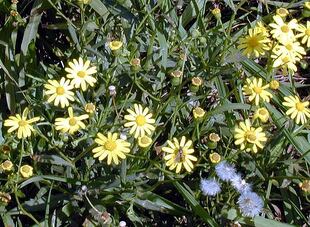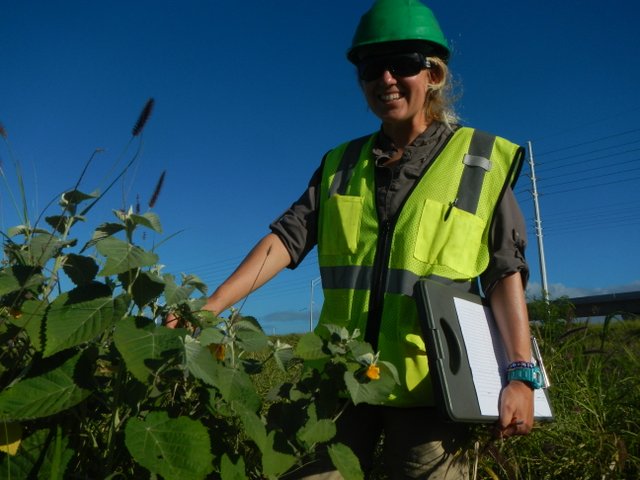Wildlife Surveying & Monitoring
Trees need servicing, but animals that live in them may be vulnerable to work activities. Our experienced biologists are also tree care specialists, and provide inspection and monitoring services for wildlife and insects to keep these organisms protected, and your work on track. Contact us with your project’s survey needs for birds, native seabirds, bats, waterbirds, geese, insects and even marine mammals and green sea turtles.
We specialize in pre-construction surveys for wildlife, including inventories of bird life, surveys for Threatened & Endangered Species, training for contractors to identify protected species, and reporting protocol.
Trees need servicing, but animals that live in them may be vulnerable to work activities. Our experienced biologists are also tree care specialists, and provide inspection and monitoring services for wildlife and insects to keep these organisms protected, and your work on track. Contact us with your project’s survey needs for birds, native seabirds, bats, waterbirds, geese, insects and even marine mammals and green sea turtles.
We specialize in pre-construction surveys for wildlife, including inventories of bird life, surveys for Threatened & Endangered Species, training for contractors to identify protected species, and reporting protocol.
BirdsWhite terns (manu-o-Kū, Gygis alba) are a charismatic seabird living and thriving in urban Honolulu. In the main Hawaiian Islands, this is the only area they nest, and subsequently led to their designation as the Official Bird of the City and County of Honolulu. They do not build a nest, but precariously lay an egg on a a branch. White terns are susceptible to tree trimming activities. Our biologists will identify where white terns are nesting in trees needing trimming, and provide monitoring services and documentation during tree work activities. We have a working relationship with US Fish and Wildlife Service and the Hui Manu-o-Kū (www.whiteterns.org).
We are additionally experienced with surveying endangered seabirds, forest birds and introduced birds. |
BatsThe pupping season for the endangered Hawaiian hoary bat (ʻōpeʻapeʻa, Lasiurus cinereus semotus) is from June 1 through September 15. To preserve the Hawaiian hoary bat, tree pruning activities are restricted during these months to protect them.
Our biologists have been trained and equipped to identify bats in individual trees. We offer services to inspect individual trees to identify bat presence prior to pruning activities. Contact us to evaluate project feasibility*. *Hawaiian hoary bats are federally protected species, and project contractors need to consult with DLNR + the U.S. Fish and Wildlife Service during the pupping season. |
Vegetation Surveys
Hawaii is home to many endemic and endangered plant species, which may be present on project sites. The islands are also vulnerable to invasive species introductions, which could devastate agriculture and native ecosystems if not controlled. We offer services to identify and inventory native, non-native and noxious plant species on project sites, as well as contractor training classes to minimize dispersion of invasive species between job sites.
Hawaii is home to many endemic and endangered plant species, which may be present on project sites. The islands are also vulnerable to invasive species introductions, which could devastate agriculture and native ecosystems if not controlled. We offer services to identify and inventory native, non-native and noxious plant species on project sites, as well as contractor training classes to minimize dispersion of invasive species between job sites.
Tree Care for Birds & Wildlife- BMP
| tree-care-for-wildlife-bmps-4.13.22-2.pdf | |
| File Size: | 2916 kb |
| File Type: | |
Contact our office at 808-734-5963 or [email protected] to schedule or get a quote for any of our environmental services.

